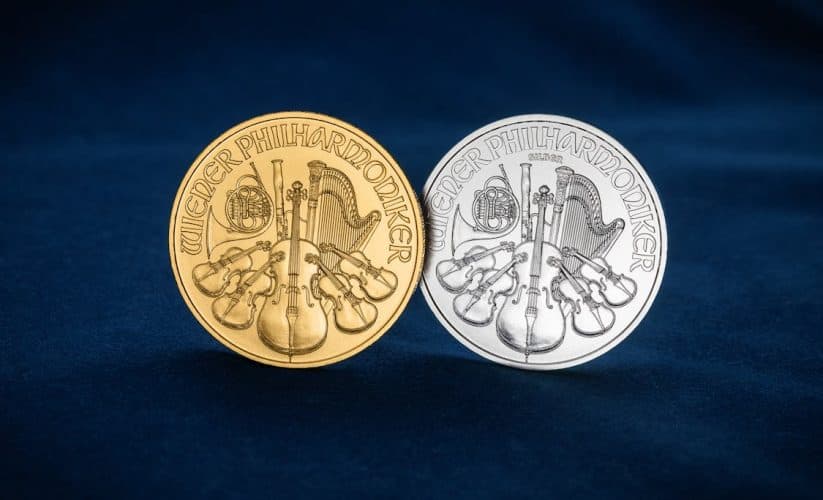
The Role of a Web Designer in Modern Brand Storytelling
In the fast-paced world of digital marketing, the importance of brand storytelling has surged. It’s not just about selling a product anymore; it’s about creating an experience.
A web designer plays a pivotal role in this narrative, weaving together visual elements and user interactions that elevate a brand’s story.
When looking at hiring expert web designers, it’s essential to choose someone who understands how to translate a brand’s identity into a cohesive visual and interactive experience.
Visual Identity as a Narrative Tool
A web designer crafts the visual identity of a brand. This identity isn’t limited to a logo or color palette; it encompasses the entire aesthetic appeal of a website.
Through careful selection of fonts, imagery, and layouts, designers create a cohesive look that communicates a brand’s ethos.
For instance, a luxury brand might utilize elegant typography and a minimalist layout to evoke sophistication. On the other hand, a playful brand might choose vibrant colors and dynamic graphics.
The choices made by the designer are crucial in establishing the initial emotional connection with the audience.
User Experience: The Story’s Pathway
User experience (UX) is at the heart of effective brand storytelling. A web designer ensures that the journey through a website is smooth and intuitive.
When users can navigate easily, they’re more likely to engage with the content. This engagement is essential to conveying the brand’s story effectively.
Consider the way buttons are placed or how information is structured. A well-designed website guides users through a narrative, allowing them to explore and interact with content seamlessly.
If users encounter frustration or confusion, the story falls flat. Thus, UX serves as the pathway that leads visitors deeper into the brand’s narrative.
Crafting Emotional Connections
At the core of storytelling lies the capacity to evoke emotions. A skilled web designer knows how to tap into this emotional landscape. Through imagery, animations, and interactive elements, they can elicit feelings that resonate with the audience.
Think of the impact of a heartwarming video or an engaging infographic. These elements can create powerful moments that linger in visitors’ minds.
By embedding such emotional touchpoints, designers help to solidify the brand’s story in the audience’s consciousness.
Responsive Design: Storytelling Across Devices

In a world where users access content from various devices, responsive design has become essential. A web designer must create a website that adapts seamlessly to different screen sizes. This versatility ensures that the brand’s story remains consistent, regardless of how or where it is consumed.
Whether on a smartphone, tablet, or desktop, the narrative should flow unimpeded. A responsive design not only enhances the user experience but also reinforces the brand’s reliability and professionalism. If a story appears fragmented across devices, it disconnects the audience and dilutes the message.
Typography: The Voice of the Brand
Typography is a subtle yet powerful element in brand storytelling. The choice of fonts can convey different tones and emotions. A web designer carefully selects typefaces that align with the brand’s voice, enhancing the overall narrative.
For example, a tech company might opt for sleek, modern fonts to communicate innovation. In contrast, a children’s brand might choose playful, rounded fonts that evoke a sense of joy. The typography becomes an integral part of the storytelling process, giving a distinct voice to the brand.
Color Psychology: Setting the Mood
Colors evoke emotions and set the mood for a brand’s narrative. A web designer employs color psychology to create an atmosphere that reflects the brand’s story. Different colors can stimulate various feelings; blue is often associated with trust, while red may evoke excitement or urgency.
Choosing the right color scheme is a thoughtful process. It enhances brand recognition and engages users on a deeper level.
When colors align with the story being told, the overall impact is profound. Visitors are more likely to remember and connect with a brand that successfully utilizes color as a storytelling element.
Imagery: Illustrating the Brand Story
Visuals play a significant role in storytelling. A web designer curates images that resonate with the brand’s message, carefully selecting photos, graphics, and illustrations.
High-quality visuals can capture attention and convey complex ideas in an easily digestible format.
For instance, a travel brand might showcase stunning landscapes, invoking wanderlust in potential customers. Images serve as visual metaphors, enriching the narrative and drawing users into the brand’s world.
When imagery is aligned with the overall story, it amplifies the message and enhances user engagement.
Interactivity: Engaging the Audience
Interactivity adds another layer to storytelling. A web designer incorporates elements like quizzes, polls, or animations to engage users actively. This interaction transforms passive viewers into participants, deepening their connection to the brand.
For example, a fitness brand might offer an interactive workout planner, encouraging users to engage and personalize their experience.
By fostering this interaction, designers create memorable moments that contribute to the overall narrative. The more users engage, the more likely they are to remember the brand’s story.
SEO: Telling the Story to the Right Audience
A well-crafted story needs an audience. Search engine optimization (SEO) ensures that a brand’s narrative reaches the right people. A web designer works in tandem with SEO specialists to create a site that is not only visually appealing but also discoverable.
Incorporating relevant keywords, optimizing images, and building a structured site are all part of the process. When users can find a brand’s story easily, the potential for engagement and conversion increases. A coherent narrative paired with strategic SEO practices opens doors to wider audiences.
Analytics: Measuring Story Impact
Understanding how audiences interact with a brand’s story is essential. A web designer utilizes analytics tools to assess user behavior and engagement. By analyzing data, designers can glean insights into what resonates with audiences and what needs adjustment.
This feedback loop allows for continuous improvement in storytelling. If a particular element isn’t working, adjustments can be made to enhance the narrative. The ability to measure impact transforms storytelling into a dynamic, evolving process.
Collaboration with Other Creatives
Web designers often collaborate with writers, marketers, and brand strategists to create a cohesive narrative. This teamwork ensures that the visual and textual elements align seamlessly. Each collaborator brings a unique perspective, enriching the overall storytelling experience.
By working together, the team crafts a multifaceted narrative that combines visuals, text, and interactive features. This synergy amplifies the brand’s message, creating a more engaging experience for users. When all creative forces unite, the storytelling becomes a harmonious blend of various elements.
Keeping Up with Trends
To remain effective, web designers must stay updated on design trends and technological advancements. The digital landscape is constantly shifting, and new tools and techniques emerge regularly. Keeping an eye on trends helps designers incorporate fresh ideas into their storytelling.
Whether it’s new design software, innovative interactive elements, or changing user preferences, staying informed is key. By adapting to these trends, designers can keep the brand’s story relevant and engaging, ensuring it captures the audience’s attention in a crowded marketplace.





